1. Megalodon Was Unbelievably Large
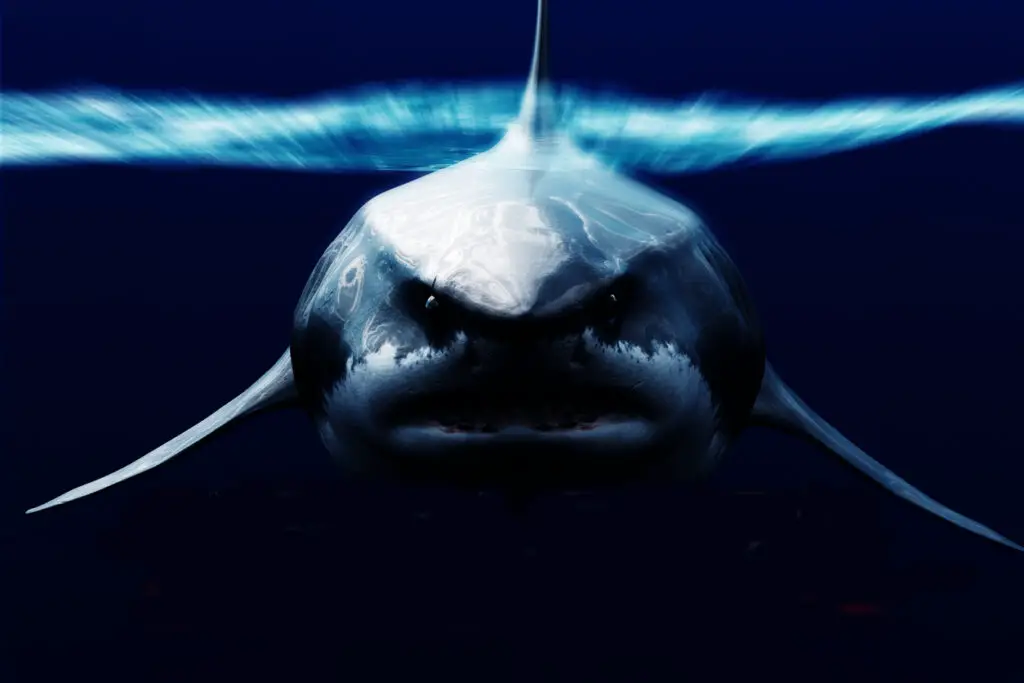
One of the most astonishing aspects of the Megalodon is its sheer size. This massive shark reached lengths of up to 60 feet, which is nearly three times the size of the modern great white shark. Its size was so immense that it could easily swallow an entire car in a single gulp. This makes it the largest known predator in Earth’s history, surpassing even the largest modern-day creatures like the blue whale, which is a herbivore.
According to the Florida Museum of Natural History, its mouth alone was large enough to fit several humans side by side, and its teeth, some of which grew up to 7 inches long, were capable of inflicting catastrophic damage to any prey it encountered. The size of the Megalodon not only justified its reputation as a fearsome predator, but it also made it a top predator in marine ecosystems, hunting whales, seals, and even large fish. Its enormous size also gave it a competitive edge, as few other marine animals could challenge or escape it, cementing its legacy as an apex predator.
2. Megalodon’s Teeth Were Remarkable Tools
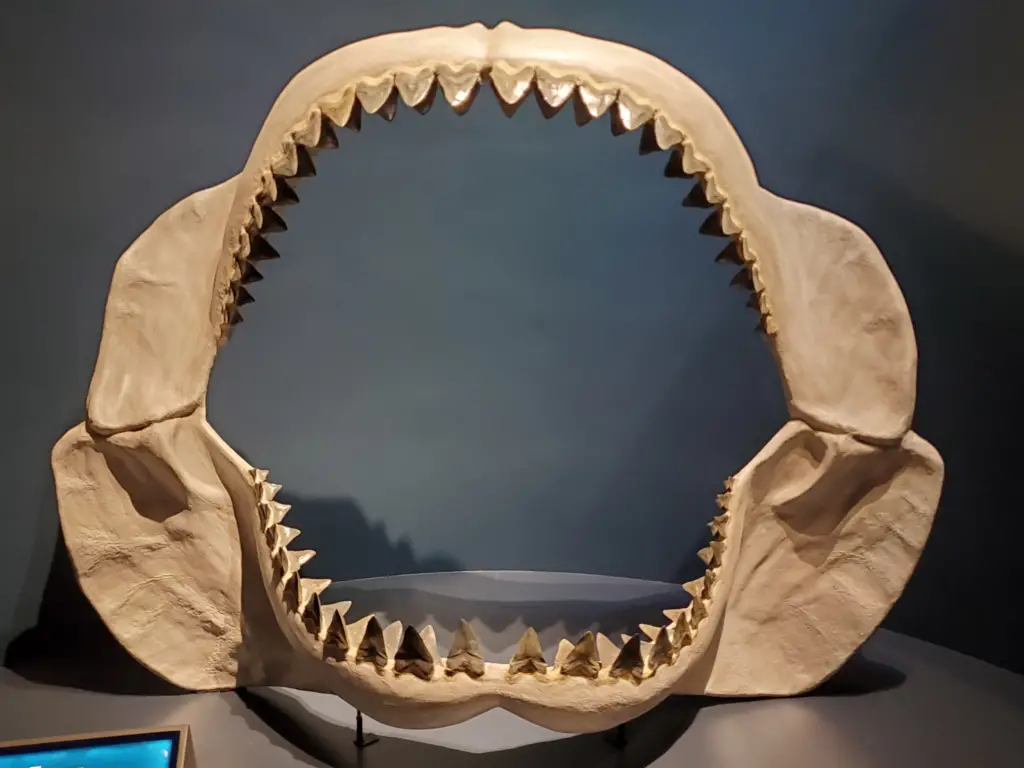
The Megalodon’s teeth were some of the most powerful biological tools in history. Each tooth was shaped like a triangle with serrated edges designed to slice through flesh with ease. These teeth could exert a bite force of up to 40,000 pounds, the strongest bite force ever recorded in the animal kingdom. To put this in perspective, a great white shark’s bite force is around 1.8 tons, a far cry from the Megalodon’s massive 20 tons. This immense bite force allowed the Megalodon to capture and dismember its prey with unmatched efficiency, often targeting large marine mammals like whales.
According to the University of Kentucky, fossilized Megalodon teeth are still found today in oceans around the world, and they continue to captivate scientists and enthusiasts alike, offering critical insights into the shark’s behavior and feeding habits. These teeth were not just tools for predation but were key to understanding how the Megalodon maintained its position at the top of the food chain.
3. Megalodon’s Apex Predator Status
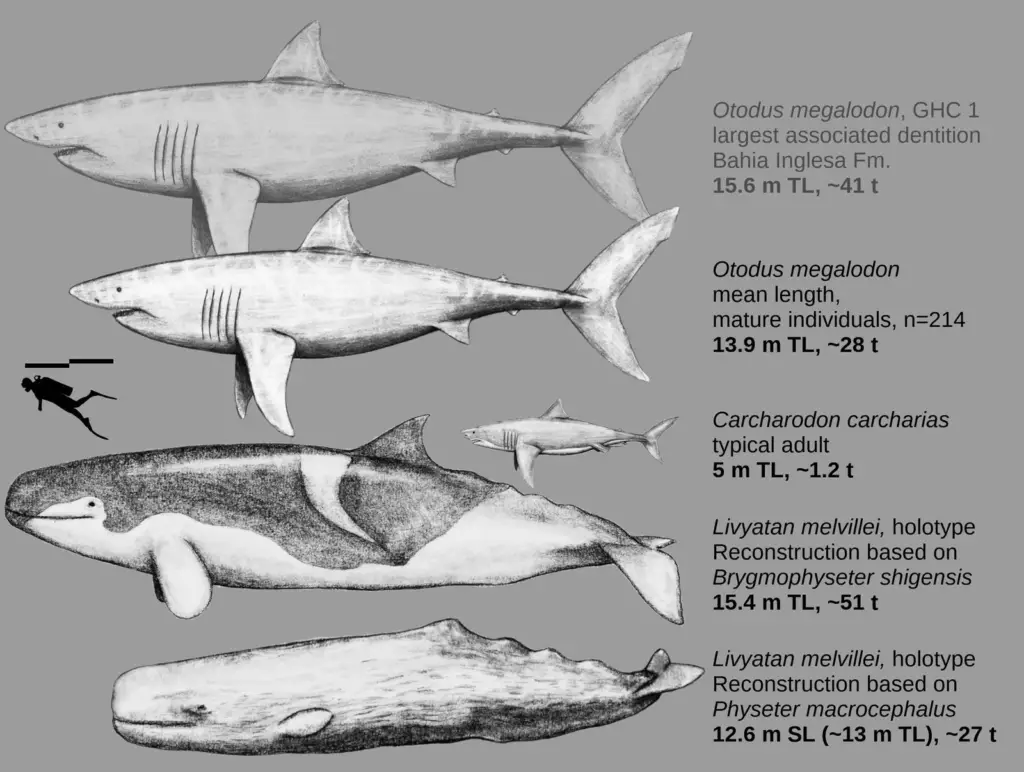
As the largest predator in the ocean, the Megalodon was undeniably the apex predator of its time. The Megalodon existed during the Cenozoic Era and dominated marine ecosystems from approximately 23 to 3.6 million years ago. Its ability to hunt and overpower large marine animals made it a terrifying presence in the oceans. Unlike modern-day sharks, which often have to compete with other predators, the Megalodon had little to fear in its ecosystem. Its primary competition for food was likely other large sharks, but the Megalodon’s size and power gave it the upper hand.
According to LiveScience, evidence suggests that it was capable of hunting and even taking down entire pods of large whales, including sperm whales. The Megalodon’s hunting habits were so advanced that it might have been capable of sophisticated hunting strategies, much like orcas today. The fact that it held this dominant role for millions of years is a testament to its adaptability and strength, and it solidifies its legacy as an apex predator of the prehistoric seas.
4. Megalodon’s Influence on Marine Ecosystems
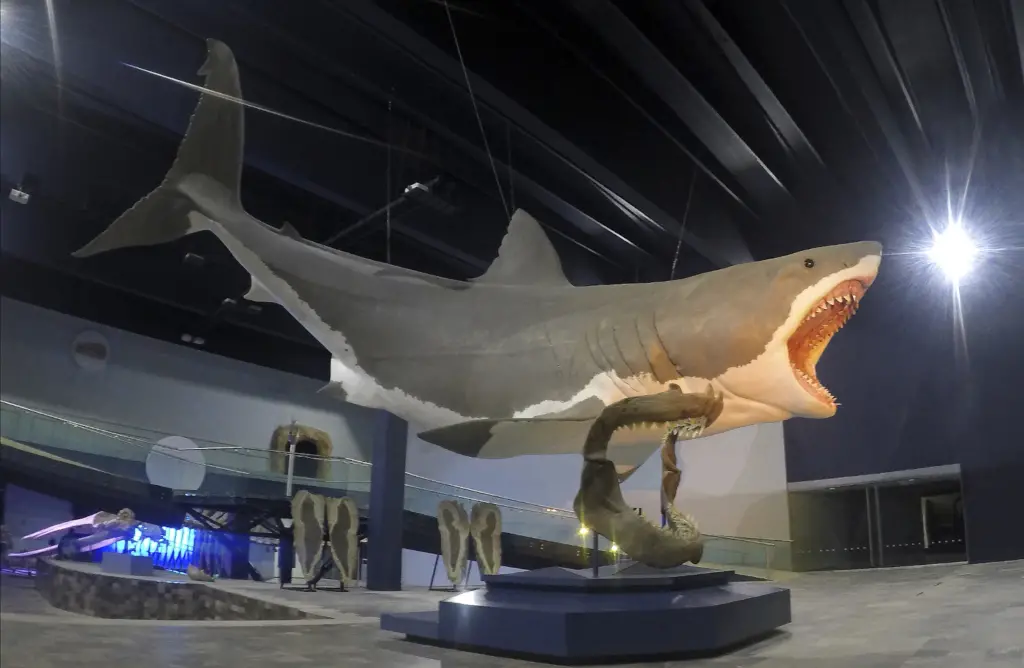
The Megalodon’s role in its ecosystem was pivotal in shaping the balance of marine life during its reign. As a top predator, it influenced the behavior and evolution of other marine species. Its predation kept the populations of large marine mammals, fish, and other sharks in check, creating a balanced food chain. The Megalodon likely helped regulate the numbers of its prey, preventing overpopulation that could lead to ecosystem imbalances. Its hunting methods, particularly its ability to target the most vulnerable members of prey species, likely promoted stronger, healthier populations by culling the weak and sick.
Additionally, the Megalodon’s large size and voracious appetite meant that it consumed a substantial amount of food daily, which may have affected the migration and behavior of other species. According to Save Our Seas Foundation, the Megalodon was not just a fearsome predator, but a driving force in maintaining the ecological balance of its time, further justifying its place in marine history.
5. The Mystery of Its Extinction
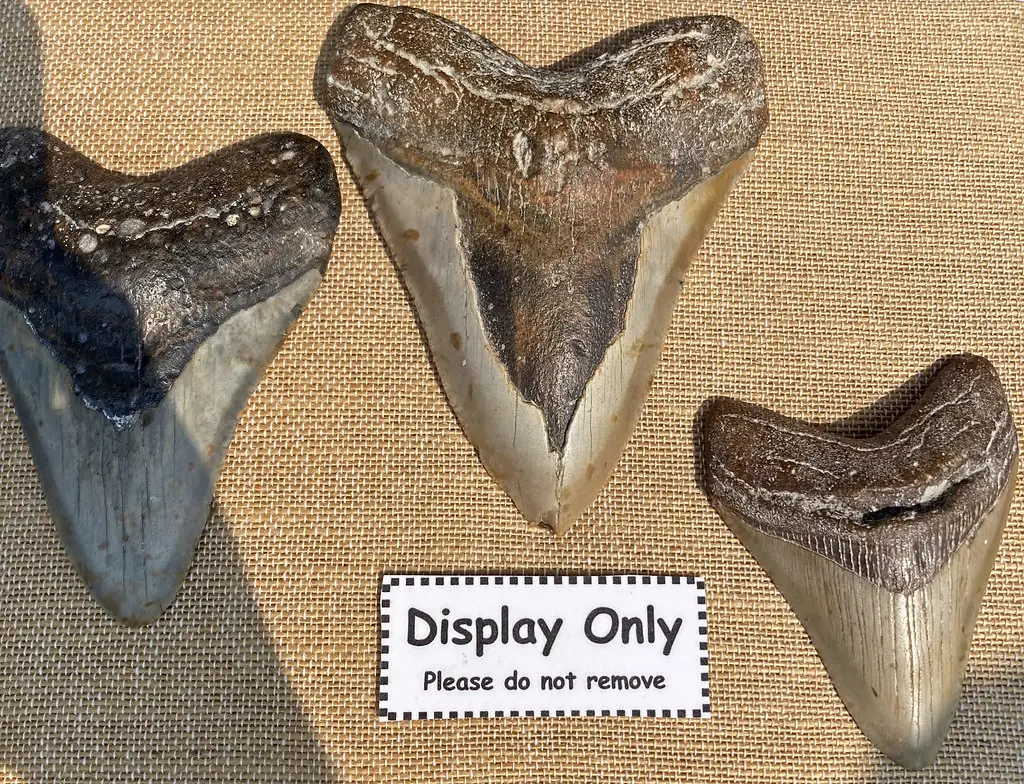
The extinction of the Megalodon is one of the most intriguing mysteries in paleontology. Despite its dominance as an apex predator, the Megalodon disappeared from the fossil record around 3.6 million years ago, and scientists are still debating the cause. According to UCLA, some theories suggest that changes in ocean temperatures and sea levels during the Pliocene epoch may have disrupted its food sources, particularly the large marine mammals it relied on for sustenance.
Other theories posit that the rise of more efficient predators, like orcas and smaller shark species, led to increased competition and eventual decline. As ocean ecosystems evolved, the Megalodon’s inability to adapt quickly enough to these changes may have contributed to its extinction. The fact that such a dominant and well-adapted predator could disappear so suddenly adds an element of mystery to its legacy, sparking endless speculation and fascination about the factors that led to its fall.
6. Megalodon’s Role in Popular Culture
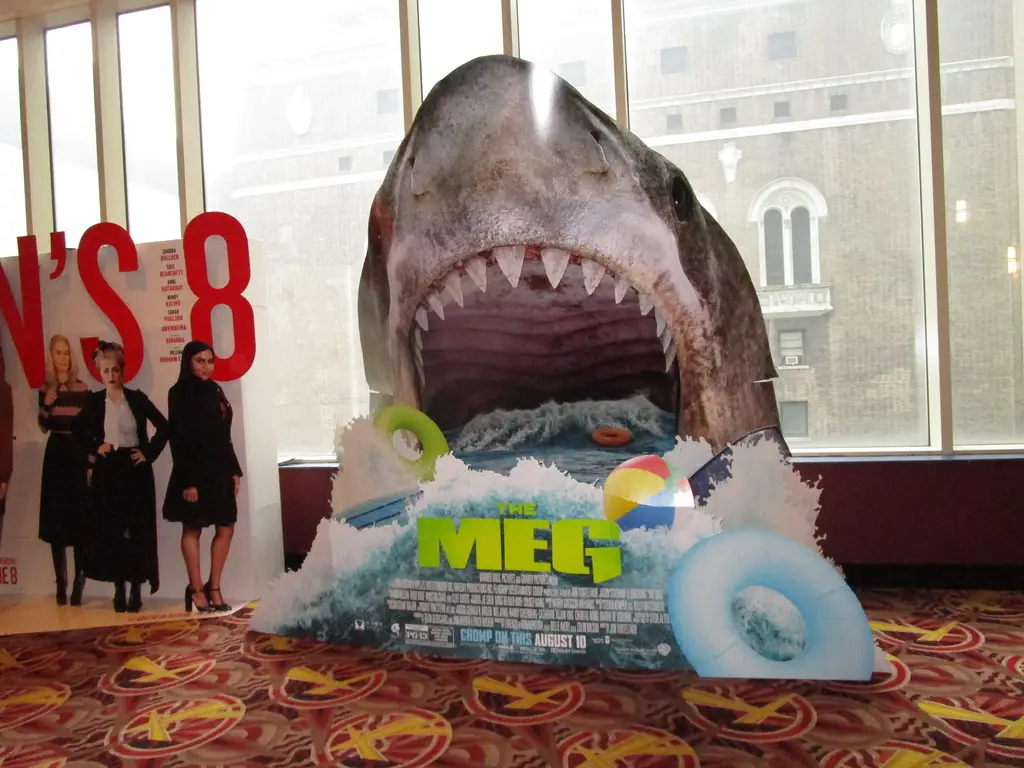
The Megalodon’s legacy continues to thrive in modern culture, often depicted as a symbol of ultimate power and terror. From blockbuster movies like The Meg to documentaries and books, the Megalodon has become a pop culture icon that captures the imagination of audiences worldwide. These portrayals are fueled by the sheer scale and power of the Megalodon, making it a compelling subject for stories of monstrous creatures lurking beneath the ocean’s depths.
In fact, the Megalodon is often used as a representation of the unknown and unexplored nature of the deep sea, a place where the most dangerous creatures may still lurk, even today. The constant fascination with Megalodon in films and media highlights the lasting impact this prehistoric shark has had on our collective imagination. It is not just a scientific subject; it has become a cultural touchstone, symbolizing both the mysteries of the past and the fearsome potential of nature’s most extreme predators.
7. Megalodon Teeth Are Still Found Today
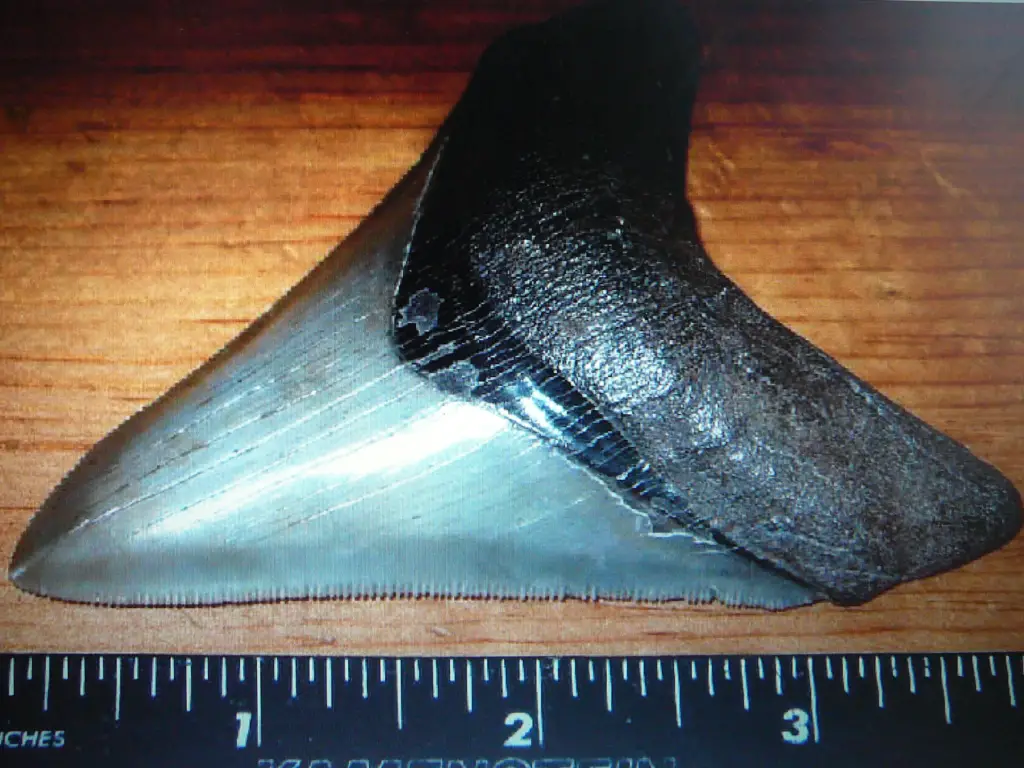
Despite being extinct for millions of years, Megalodon teeth continue to be one of the most commonly found fossils in oceans worldwide. These teeth are often discovered along coastlines and are highly prized by collectors, scientists, and enthusiasts. Their large size and serrated edges make them instantly recognizable, and they provide valuable insights into the diet and hunting behaviors of the Megalodon. Some fossilized teeth have been dated to be over 20 million years old, making them not just remnants of a bygone era but also direct evidence of the Megalodon’s immense presence in Earth’s past.
The discovery of these teeth continues to excite paleontologists, offering a tangible connection to a predator that once ruled the oceans. Furthermore, these teeth play an important role in helping scientists reconstruct the behavior, size, and spread of the Megalodon, offering clues as to how this monstrous predator evolved and thrived. The continued discovery of these teeth ensures that the Megalodon’s legacy lives on in the scientific community and popular imagination.
8. Megalodon’s Global Distribution
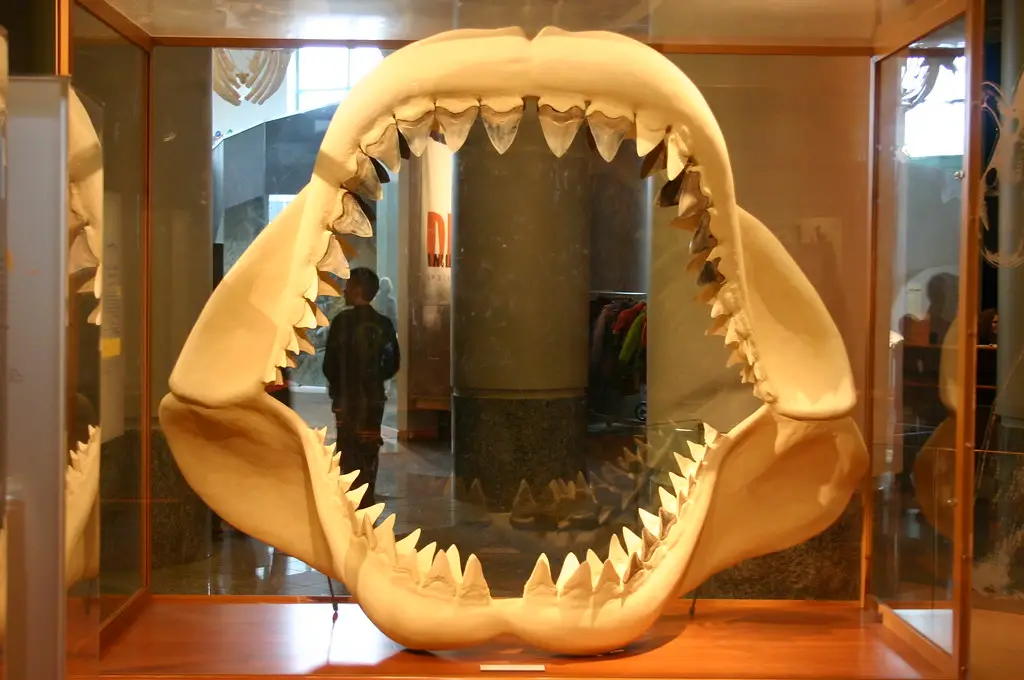
The Megalodon’s fossil record shows that it had a vast range, making it one of the most widespread predators to ever exist. Fossils of this giant shark have been found on every continent except Antarctica, indicating that the Megalodon was a truly global species. Its widespread presence suggests that it was highly adaptable to a range of ocean environments, from temperate waters to tropical seas. The Megalodon’s ability to dominate such a wide geographical area underscores its evolutionary success and the depth of its impact on marine ecosystems.
This global distribution also suggests that the Megalodon was capable of traveling vast distances to find food or suitable breeding grounds, further solidifying its role as a super predator. Its presence in different regions of the world highlights its ability to adapt to changing oceanic conditions and its powerful influence on marine life, making it one of the most successful apex predators in Earth’s history.
9. Megalodon’s Legacy Lives On in Modern Sharks

Although the Megalodon went extinct millions of years ago, its genetic legacy can still be traced in modern sharks. The great white shark, one of the largest and most powerful sharks in existence today, is often cited as a distant relative of the Megalodon. Studies of the great white’s DNA have shown similarities in their physical features, such as their teeth shape, body structure, and hunting techniques.
Additionally, some researchers believe that the Megalodon’s predatory behavior and ecological role may have influenced the evolution of today’s sharks. The Megalodon’s evolutionary impact on the shark family tree can be seen in the way modern sharks hunt and interact with their environments. Even though the Megalodon is no longer around, its genetic imprint on modern sharks ensures that its legacy persists in the oceans.
10. The Fascination With Megalodon Will Never Die
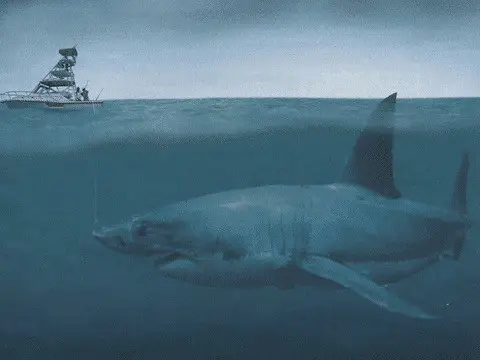
Perhaps one of the most significant aspects of the Megalodon’s legacy is the fact that its mystery and awe-inspiring features continue to fascinate people, even millions of years after its extinction. Whether it’s through scientific exploration, fossil hunting, or media depictions, the Megalodon remains a symbol of the power and danger of the natural world. It captivates our imaginations, sparking a sense of wonder about what might still lurk in the depths of the oceans.
The Megalodon is more than just a prehistoric predator; it’s a reminder of the mysteries of the Earth’s past and the raw power of nature. Its legacy will undoubtedly continue to endure, inspiring future generations to explore the depths of the ocean and the incredible creatures that once roamed it.


